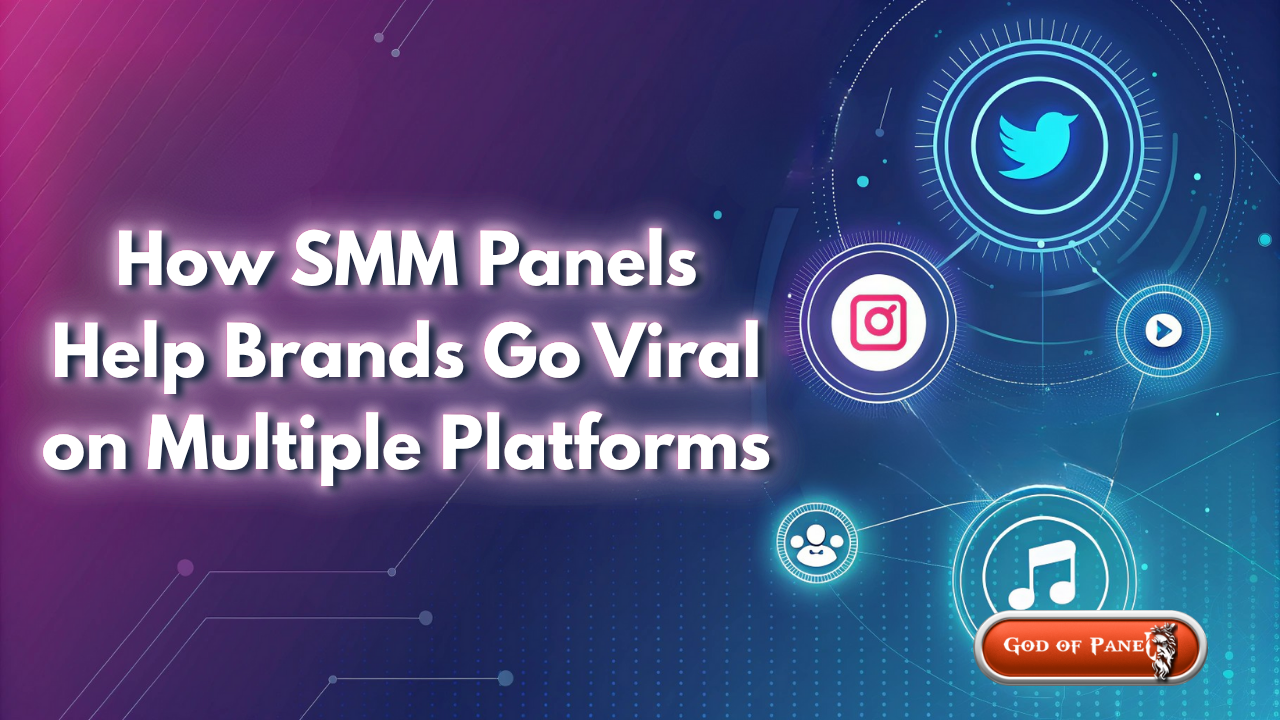 TELEGRAM CHANNEL
TELEGRAM CHANNEL
If you want to be the first to hear about our new services and announcements, don’t forget to join our Telegram channel and enable notifications!

Creating viral LinkedIn polls requires more than just asking random questions—it demands strategic psychological understanding. Viral polls tap into collective curiosity, industry debates, and timely topics that provoke strong opinions. The most successful polls create an immediate emotional response that compels users to participate and share. When you frame questions around pain points your audience experiences daily, you trigger the psychological need to voice opinions and see how others compare.
Consider what makes your target audience stop scrolling: Is it controversial industry topics? Emerging trends? Career advancement struggles? Position your polls to address these trigger points directly. For example, instead of asking "Do you like remote work?" try "Will hybrid work models replace traditional offices completely by 2025?" The latter creates urgency and taps into current workplace debates. Godofpanel's engagement analytics can help you identify which psychological triggers resonate most with your specific audience.
The difference between an ignored poll and a viral one often comes down to question construction. Your poll questions should be specific enough to be meaningful yet broad enough to apply to a wide segment of your network. Avoid yes/no questions that generate little discussion—instead, frame options that represent distinct perspectives or approaches.
Use these templates to create compelling poll questions: "Which [industry tool] would you choose for [specific task] and why?" or "What's the biggest challenge facing [your industry] in [timeframe]?" These frameworks encourage participation because they're relevant, specific, and prompt users to consider their own experiences. Godofpanel's content performance tracking can help you A/B test different question formats to identify what generates maximum engagement for your niche.
Even the most brilliantly crafted poll will underperform if published at the wrong time. LinkedIn engagement follows predictable patterns, with peak activity occurring Tuesday through Thursday between 9-11 AM and 1-3 PM in your target audience's timezone. However, the "best time" varies significantly by industry—tech professionals often engage later in the day, while finance professionals show higher morning activity.
Godofpanel's scheduling features allow you to automate poll publication during optimal windows without manual intervention. Beyond timing, consider poll placement within your content strategy. Positioning polls after establishing your expertise through valuable content typically generates higher participation rates, as your audience already trusts your insights.
The technical construction of your poll significantly impacts its viral potential. LinkedIn polls allow up to four options—use them strategically. Instead of creating binary choices, consider using the spectrum technique: "Strongly disagree - Disagree - Agree - Strongly agree" or the progression method: "Beginner - Intermediate - Advanced - Expert." This approach captures nuanced opinions and encourages more thoughtful engagement.
While LinkedIn doesn't allow images within polls themselves, you can enhance visibility by including relevant visuals in the accompanying post. Create custom graphics that summarize the poll question or use eye-catching colors that align with your brand. Godofpanel's design integration tools can help you maintain consistent, professional branding across all your LinkedIn content, including poll companion posts.
The real magic of viral LinkedIn polls happens in the comments section. A poll with thousands of votes but few comments has missed the engagement opportunity. To transform passive voters into active participants, explicitly invite commentary in your poll description. Ask voters to explain their choice, share personal experiences, or tag colleagues who might have different perspectives.
Implement these proven techniques to boost comment engagement: Personally respond to the first 10-15 comments quickly to set the conversation tone, ask follow-up questions to specific commenters, and highlight particularly insightful responses in subsequent posts. Godofpanel's engagement tracking helps you identify your most active community members, allowing you to nurture these relationships and encourage their ongoing participation in your polls.
Viral polls create engagement opportunities that extend far beyond the initial voting period. The most successful LinkedIn marketers use poll results as content catalysts for days or weeks following publication. Share the results in a follow-up post with analysis, create carousel content breaking down what the data means for your industry, or produce a short video discussing the most surprising findings.
This approach transforms a single poll into multiple engagement touchpoints. Godofpanel's analytics dashboard provides detailed breakdowns of voter demographics and behavior patterns, giving you valuable insights to reference in your follow-up content. This data-driven approach positions you as an industry thought leader while keeping your audience engaged between new poll publications.
Creating a viral-worthy poll is only half the battle—strategic distribution determines whether it reaches its full potential. Beyond organic posting, leverage LinkedIn's features and external channels to maximize visibility. Share your poll in relevant LinkedIn Groups where discussion is already happening around similar topics, but ensure your contribution adds value rather than appearing spammy.
Consider tagging industry influencers in your poll description if the topic directly relates to their expertise (but avoid random tagging). Share your poll across other platforms with a clear call-to-action directing people to LinkedIn to vote. Godofpanel's cross-platform promotion tools can help you coordinate these amplification efforts efficiently, ensuring your best polls receive the attention they deserve.
Data analysis separates occasionally successful polls from consistently viral ones. Track key metrics beyond vote count, including comment quality, share rate, profile visits generated, and connection requests received. These indicators help you understand not just how many people engaged, but how meaningfully they engaged.
Create a simple tracking system to document what works: note question phrasing, option structures, timing, and accompanying visuals for each poll. Over time, patterns will emerge showing which approaches generate the best results for your specific audience. Godofpanel's comprehensive analytics provide the detailed performance data needed to make informed decisions about your poll strategy evolution.
Mastering viral LinkedIn polls requires combining psychological insight, technical optimization, and strategic amplification. By crafting questions that tap into industry conversations, structuring polls for maximum participation, driving meaningful comments, and leveraging results for ongoing engagement, you can transform simple polls into powerful engagement engines. Remember that consistency and data-informed iteration are key to long-term success. Ready to elevate your LinkedIn presence? Explore Godofpanel's suite of engagement tools designed to help you create, schedule, and analyze high-performing content that drives real business results.